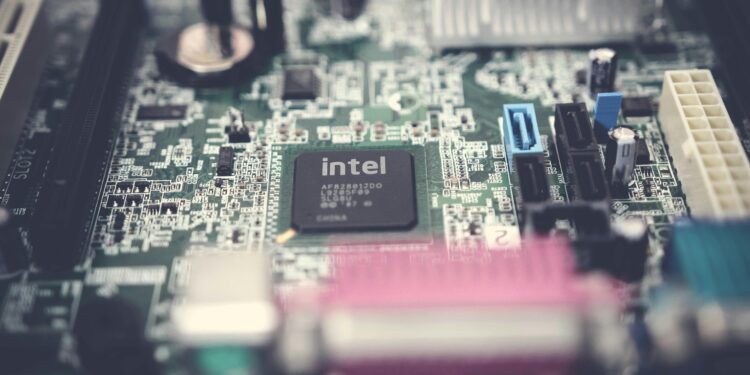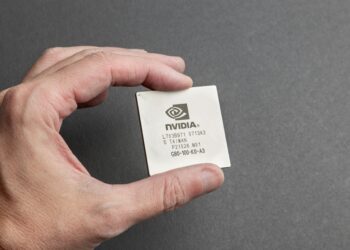Trump Administration Bets Big on Silicon Valley Pioneer
In a move drawing both praise and criticism, President Donald Trump announced Friday that the U.S. government has acquired a 10% stake in Intel, one of Silicon Valley’s most storied technology companies. The $11.1 billion deal, executed through the conversion of previously issued grants and pledges, gives the government 433.3 million non-voting shares at a discounted $20.47 per share—below Friday’s $24.80 market close—instantly netting a paper gain of nearly $2 billion.
The investment comes as Intel (INTC) navigates a difficult restructuring that includes cutting more than 20,000 jobs and attempting to recover from years of missteps. CEO Lip-Bu Tan, only five months into his role, has already faced scrutiny over his past ties to Chinese ventures. Once targeted by Trump for resignation, Tan has since gained the president’s endorsement after affirming his loyalty to U.S. interests.
The stake, funded largely through CHIPS and Science Act grants launched under President Biden, positions the government among Intel’s largest shareholders. Yet critics argue that the deal risks politicizing the semiconductor industry. Scott Lincicome of the Cato Institute warned it could pressure firms to buy Intel chips to appease Washington, calling the move “a horrendous” precedent for the economy.
Others see parallels to the 2008 General Motors bailout, when the government assumed a controlling stake before selling at a loss. Investors like Nancy Tengler question whether taxpayers will ultimately benefit, cautioning against political influence over corporate strategy.
Supporters, however, frame the stake as a strategic play in the global technology race, particularly against China. Trump has emphasized that securing domestic chip production is vital to U.S. leadership in artificial intelligence and national security. For Intel, the partnership may provide both capital and political backing as it works to reclaim ground lost to competitors like Nvidia (NVDA).
You might like this article:Casual Dining’s Comeback: Why Sit-Down Chains Are Beating Fast Casual











